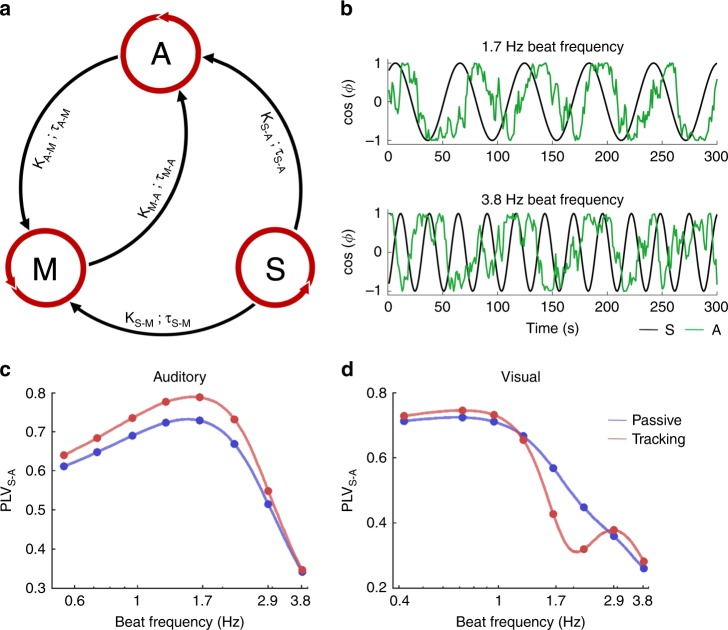Fig. 5. A model of coupled oscillators to generalise the results.
a Model of three delay-coupled phase oscillators approximating the selective coupling between the external beat (stimulus S), sensory-specific temporal attention (A), and natural motor dynamics (M). The external oscillator (S) influences attention and motor oscillators with a specific strength K and delay τ, and attention and motor oscillators reciprocally influence each other. The phase-locking value (PLV) between the external beat (S) and the sensory-specific temporal attention oscillator (A) reflects the capacity of A to entrain to S and thus is used as an approximation of behavioural performance. b Example of dynamics of the auditory temporal attention oscillator (A; green) during presentation of an external beat (S; black) at 1.7 Hz or 3.8 Hz. c, d Replication of the (c) auditory (exp. 2) and (d) visual (exp. 5) passive (blue) and tracking (red) experiments. Difference between conditions was obtained by adjusting three key parameters: the natural frequency of the sensory-specific temporal attention oscillator (A) and the time-delay between the stimulus (S) and the motor oscillator (M) which varied across modalities (auditory: ωA = 1.5 Hz, τS−M = 0.1 s; visual: ωA = 0.7 Hz, τS-M = 0.35 s), and the coupling strength between motor and attention oscillators, which varied between passive (KM−A = 2) and tracking (KM−A = 10) sessions.

